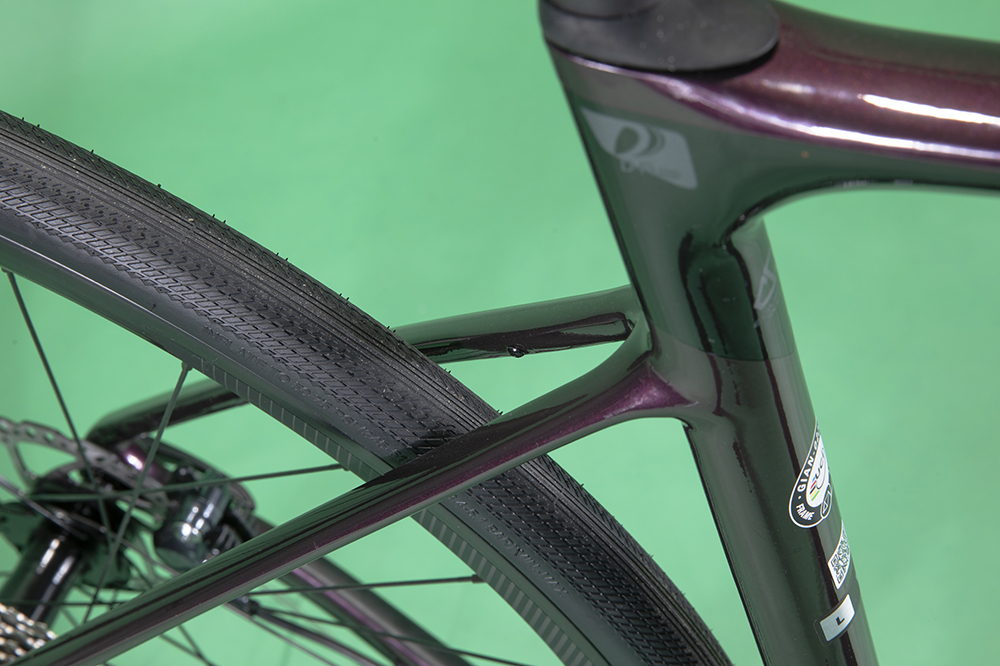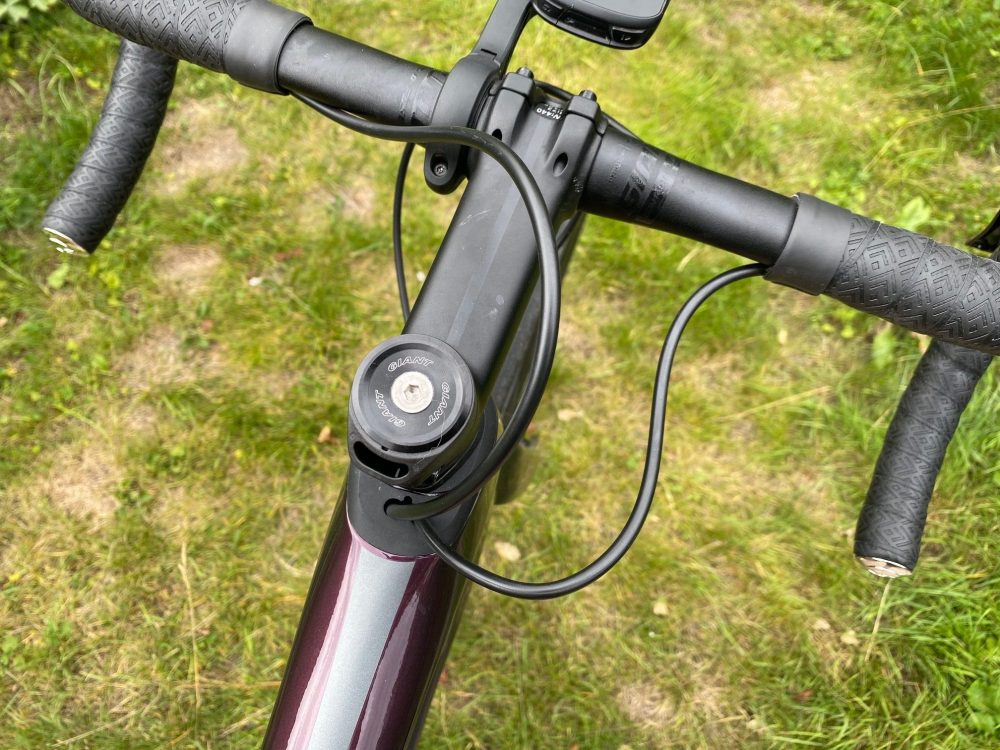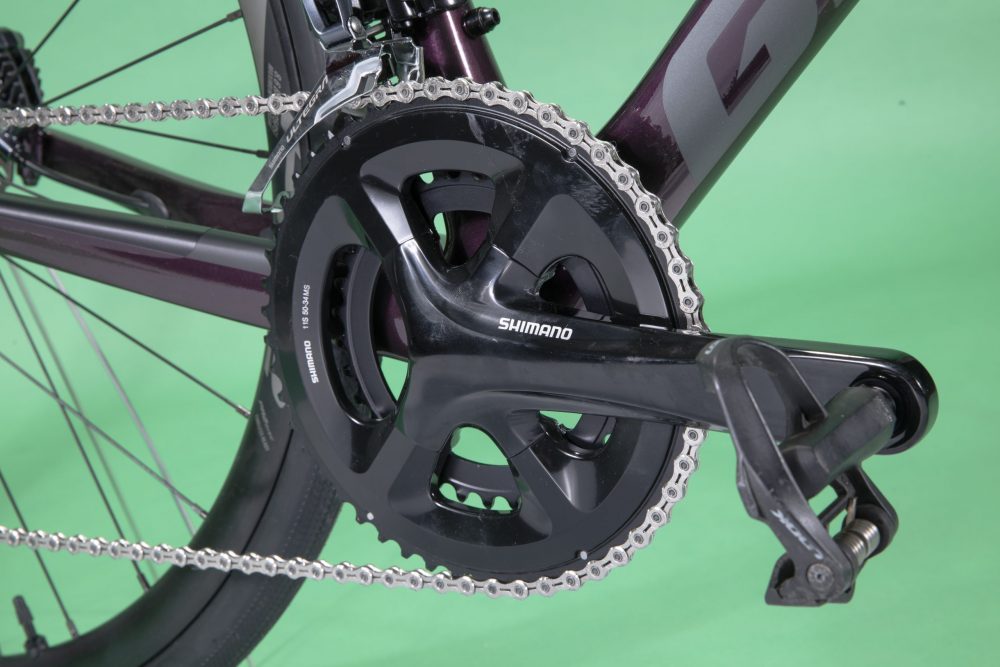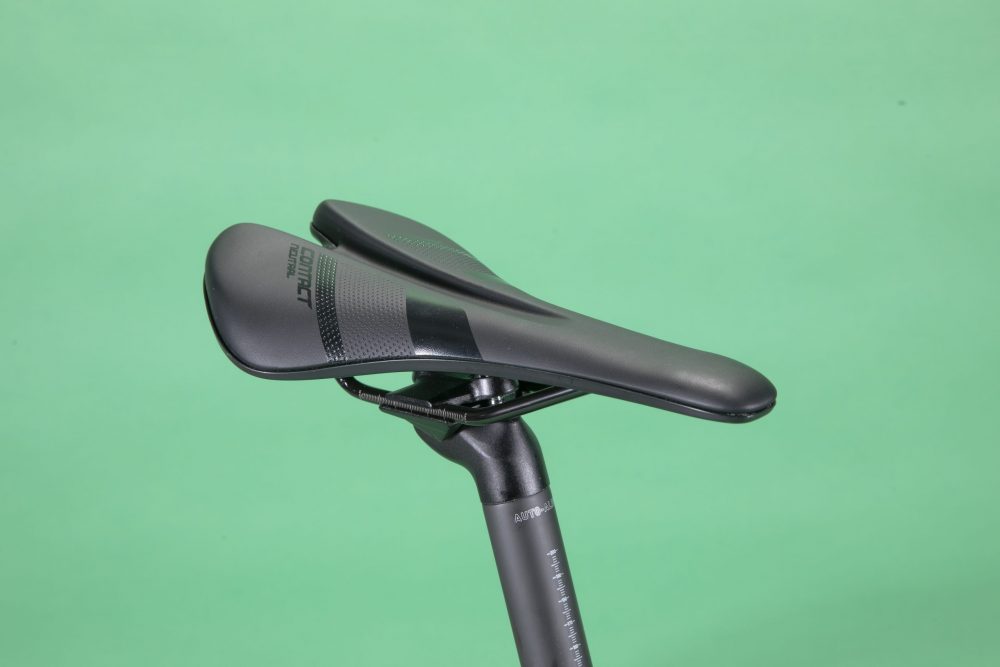Bicycle Blue Book 2014 Tcr Advanced 1 Force
Giant's Defy has long been the brand's go-to endurance machine, aimed at delivering a more relaxed riding position than the TCR and graced with a frame that intends to deliver comfort with minimal impact to performance.
Like the rest of Giant's road range, it has been through several iterations culminating in this latest Defy Advanced 1 on test. Giant actually has two Defy Advanced ranges, with six models in total. Both ranges share the same frame and fork but the critical difference is the lower range (in which this model sits) foregoes the integrated stem and cable routing to keep costs down.
The Defy Advanced's carbon frame is a complete mix of tubing shapes dependent upon location and the specific job it needs to do. Take the headtube, for example, it is practically monstrous in its dimensions in order to not only create a stiff and solid junction with the top and down tubes but also to allow for an internal cable routing that enters behind the stem/steerer. This is juxtaposed to a rear triangle that is elegant in both dimensions and shaping.
Which Giant bike is right for you: our guide to the 2020 range

Elegant dropped seat-stays aid compliance in the Defy Advanced
(Image credit: Daniel Gould)
One look at the frame tube measurements and angles and there's no doubting its intentions. The size large on test equates to a 58cm and the frame is dominated by a whopping 205mm head tube. Angle wise, Giant has settled for a middle-ground setup, somewhere between standard road geometry and what I call 'fast' (road-inspired) gravel. A 72.5 degree head angle keeps enough race bike steering speed but combines well with the longer wheelbase and lengthier chainstays to keep the Defy from being too much of a handful on long days or when nipping along bridleways and forest tracks.
One of the biggest changes is an enlarging of the tyre clearance in order to allow for wider and more versatile rubber choices. It comes standard with Giant's 32c Gavia tubeless tyres but will swallow up to a 35c tyre for more adventurous excursions.

The brake hose routing on the Defy Advanced is terrible.
(Image credit: Future)
Like the majority of its competitors, Giant has opted for an integrated cable approach. In the Defy's case the gear cables enter at the side of the headtube whilst the thicker (and more rigid) brakes hoses enter behind the stem. The top level Defy Advanced Pro range is fitted with an integrated stem that routes these hoses neatly and hides them completely from sight. The lower priced Advanced 1 is fitted with a standard stem, meaning these hoses are completely on show and there is no thought towards neatening up what is, quite frankly, a mess. The cable routing was my biggest disappointment with this bike and it's an area I think Giant needs to improve.
Despite being at the lower end of the Defy range the Advanced 1 has a pretty sorted kit list. Shimano's ubiquitous Ultegra R8000 11 speed groupset is here almost in its entirety. The only deviation is the adoption of the non groupset specific RS510 chainset. It's lower spec than Ultegra, looks a little cheap and is an obvious cost saving exercise. It does however do the job perfectly well and I had no complaints over shifting reliability.

The non-groupset chainset is the only deviation from a full Ultegra groupset.
(Image credit: Daniel Gould)
Giant has built a reputation for speccing its own tubeless wheels on many of its high-end bikes and the Defy Advanced is no different. Straight from the box the P-R2 wheels are supplied set up tubeless and ready to go and they have proved to be reliable and with pretty decent performance. Granted they are a little on the heavy side and are not as stiff and direct feeling as a decent race wheel but here, on the Defy they felt good.
Giant also follow suit with its own range of tyres and the Defy comes resplendent in a set of Gavia Fondo 1, in a whopping 32mm width. They come up as a true 32mm width and, like with the wheels, the performance is pleasantly surprising. I found they rolled fast enough and cornering grip will be more than adequate for all but the very bravest (or foolhardy) descenders. They also cope well with gravel and forest tracks and puncture protection has been superb.
The cockpit is again all Giant and includes a handlebar designed to reduce vibration and increase comfort. It features a rapid tapering on either side of the stem clamp to a flattened shape that encourages flex. It's hard to say if it does add much (especially when running 32c tubeless tyres) but one issue is it only just fits a computer mount before it tapers, and I did on occasions have my mount come loose.

I didn't get on with the Giant Contact saddle.
(Image credit: Daniel Gould)
The D-shaped carbon seatpost is decent and produces noticeable flex when taking large impacts adding further to the comfort. I'm not sold on the Contact saddle and had to swap it out after a couple of rides.
Often when a bike company tries to make a bike too versatile it translates as a neutering of the ride quality in favour of compliance or off-road capabilities. But the Defy manages to straddle the fence yet still remans enjoyable and engaging to ride. Granted it's never going to win awards for a lithe climbing prowess or devastating sprint driven power transfer but it still feels competitive and with the right amount of enthusiasm can be made to sprint with the best of them. In a way it feels like an old Labrador having one of those classic puppy moments. It's also key to point out that the defy is exceptionally comfortable (barring the saddle) and does a great job of muting road vibration on long rides.
Descending is an area where the Defy excels. The long wheelbase contributes to a resolutely stable stance and it still felt nimble enough to flick between corners without fuss. Even the tall headtube didn't detract as it could and the front wheel could be weighted perfectly - caveat: I did run it with the stem slammed.
There is one fly in the ointment and it's our old friend the cable routing. Owing to the way the brake hose comes out from underneath the bar tape it angles sideways and into the place where your knee tends to be when climbing out of the saddle. And as it is hydraulic brake hose it cannot be bent out of the way or ziptied up without compromising the steering. It is something that you would need to ensure your bike shop should neaten as much as possible before you take it out of the shop. It also rattled annoyingly when on a ride.
For the rider wanting to take advantage of the Defy's ability to go off the beaten track, the good news is it offers a really planted and confident ride. Both ends cope admirably with repeated hits and the peace of mind the low pressure tubeless tyres bring means you don't need to tip toe on the gravel, you can really ride it as a dedicated gravel bike if you so wish.
Giant has always represented decent value for money and the Defy Advanced 1 follows suit, costing less than the majority of similarly equipped bikes from its dealer based competitors.
Source: https://www.cyclingweekly.com/reviews/road-bikes/giant-defy-advanced-1
0 Response to "Bicycle Blue Book 2014 Tcr Advanced 1 Force"
Postar um comentário